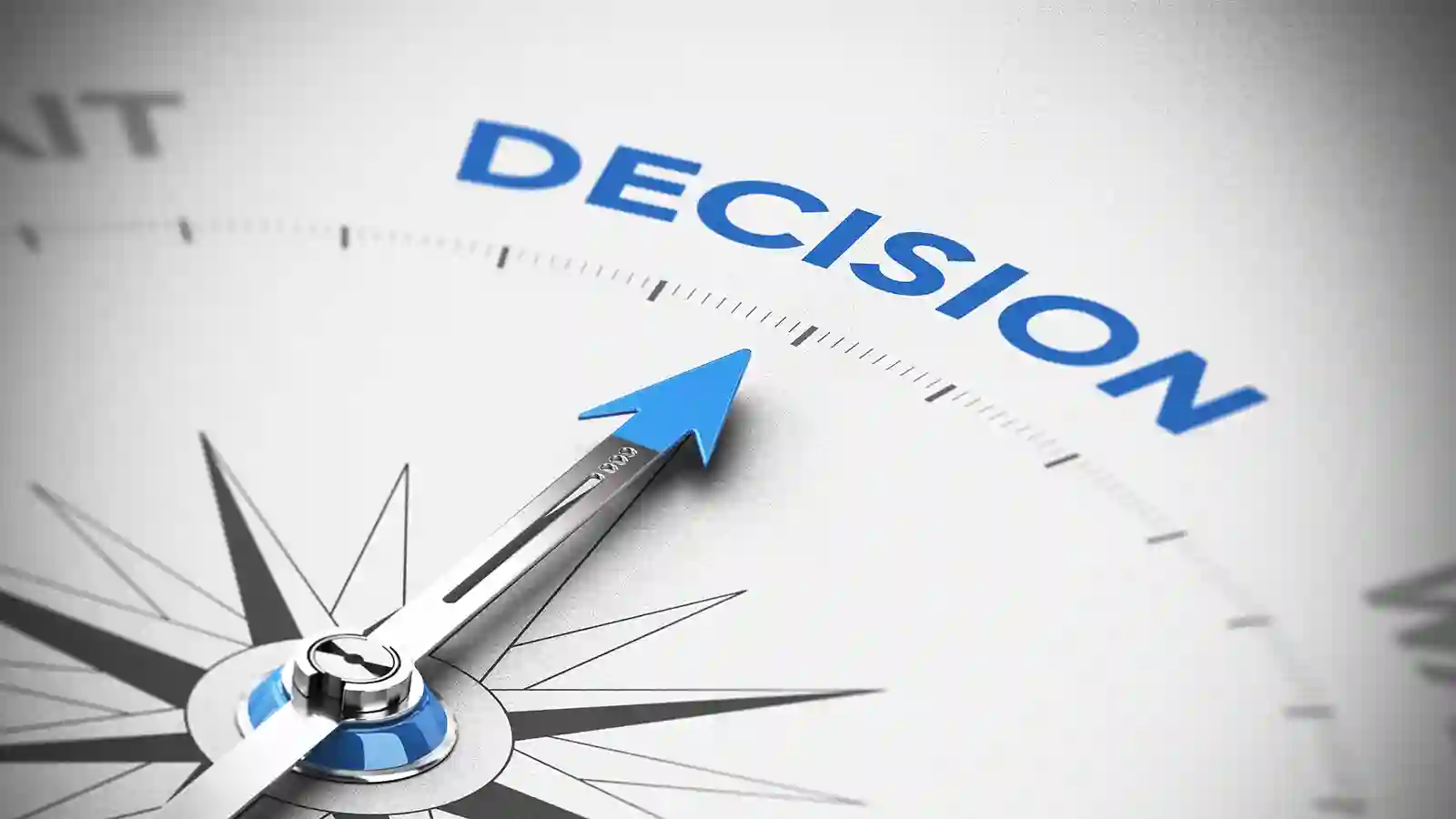Introduction
Every day, leaders make hundreds of decisions — some big, most small. Over time, this constant decision-making wears down even the sharpest minds. Decision fatigue is the gradual erosion of quality in your choices due to mental overload. If left unmanaged, it leads to poor judgment, shortcuts, and leadership burnout.

What Is Decision Fatigue?
Decision fatigue isn’t about being lazy — it’s a cognitive reality. The brain has a limited capacity for high-quality decision-making each day. As that energy is depleted, we tend to:
-
Delay decisions
-
Avoid tough choices
-
Choose the default option
-
React emotionally instead of rationally
How It Impacts Leadership
-
Lower quality of strategic thinking
-
Over-reliance on habits or other people’s opinions
-
Decreased patience with teams
-
Poor boundary-setting
-
Risk of impulsive or inconsistent leadership behavior
Signs You Might Be Facing Decision Fatigue
-
Feeling mentally “foggy” by mid-afternoon
-
Becoming indecisive over simple choices
-
Avoiding emails or meetings that require input
-
Feeling burned out despite a reasonable workload

How to Reduce Decision Fatigue
-
Simplify routine choices
Eliminate low-impact decisions (e.g., schedule, meals, clothes). -
Make important decisions early in the day
Use your freshest mental energy for strategic thinking. -
Set clear decision-making criteria
Reduce complexity by defining what success looks like. -
Delegate more decisions
Empower your team and free up your cognitive bandwidth. -
Take intentional breaks
Rest and recovery reset your decision-making capacity.
Conclusion
Being a strong leader isn’t about making more decisions — it’s about making the right ones.









Replies to This Discussion